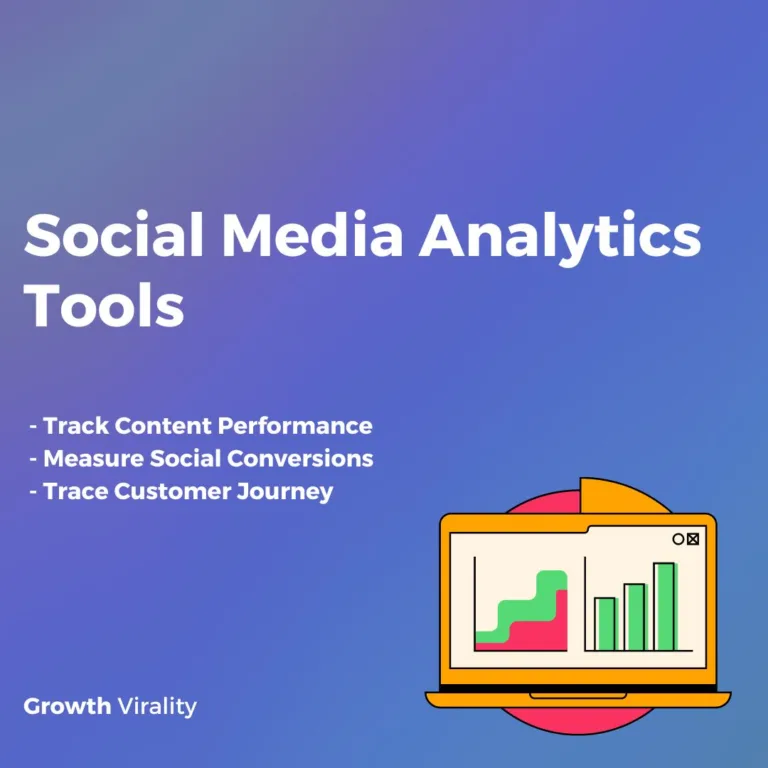
27 Free Analytics Tools for Social Media
The job of a social media marketer is challenging and handling several tasks can be
Want to improve your marketing skills? Join the Growth Newsletter and our secret Discord community. We have built a unified community of top-tier marketers and offer innovative marketing strategies to get your brand to stand out.

The job of a social media marketer is challenging and handling several tasks can be
Join Our Newsletter
Learn & grow with FREE marketing guides & tips from the greatest marketers.